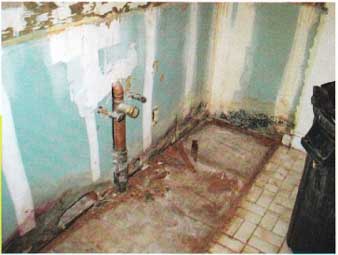AMAZON multi-meters discounts AMAZON oscilloscope discounts
Part of the problem is how we set standards for indoor air quality, and what those standards actually mean in terms of health risks. Take formaldehyde, a common pollutant that is off-gassed by a variety of everyday products. In Denmark, the maximum exposure for formaldehyde for the entire house is one-tenth of what the EPA allows for a single product in the U.S.
The Danish standard of 10 parts per billion is based on safe exposure for an 18-month-old child 18 in. from a source (such as carpet).
The EPA maximum exposure standard was borrowed from the Occupational Safety and Health Administration (OSHA), which is based on safe exposure for a 35-year-old male in an industrial environment 8 hours per day.
The state of California likens formaldehyde to the canary in the coal mine of home toxins. Like Denmark, the state looks at the entire house one week after construction and runs a test for formaldehyde for five days, allowing 28 ppb. The World Health Organization recommends less than 50 ppb inside houses. The EPA allows 100 ppb per product.
Add up the particleboard cabinets, countertops, shelving, some paints, some carpets, fiberglass ball insulation, and many other products that off-gas formaldehyde and you’re likely to have high levels of this chemical in the air.
If only air-quality problems were limited to formaldehyde. There are currently 75,000 chemicals licensed for use in the U.S. Approximately 15,000 are sold in volumes greater than 10,000 lb. per year. Yet under the Toxic Substances Control Act, the EPA regulates just five chemicals. A patchwork of studies from the federal government indicates that everyone in the country carries more than 100 chemical pollutants, pesticides, and toxic metals in their bodies.
How is a builder to know what to use and what to avoid? Actually, there are a variety of steps that can be taken to lessen our exposure to indoor toxins. We’ll get to that, but first let’s take a look at some of what we’re up against.

Mold is a common cause of low indoor air quality. While mold spores are impossible to eliminate, construction techniques that control moisture should make it difficult for mold colonies to grow.
Prev.: Introduction
Next: Contaminants and their Impact
on Health